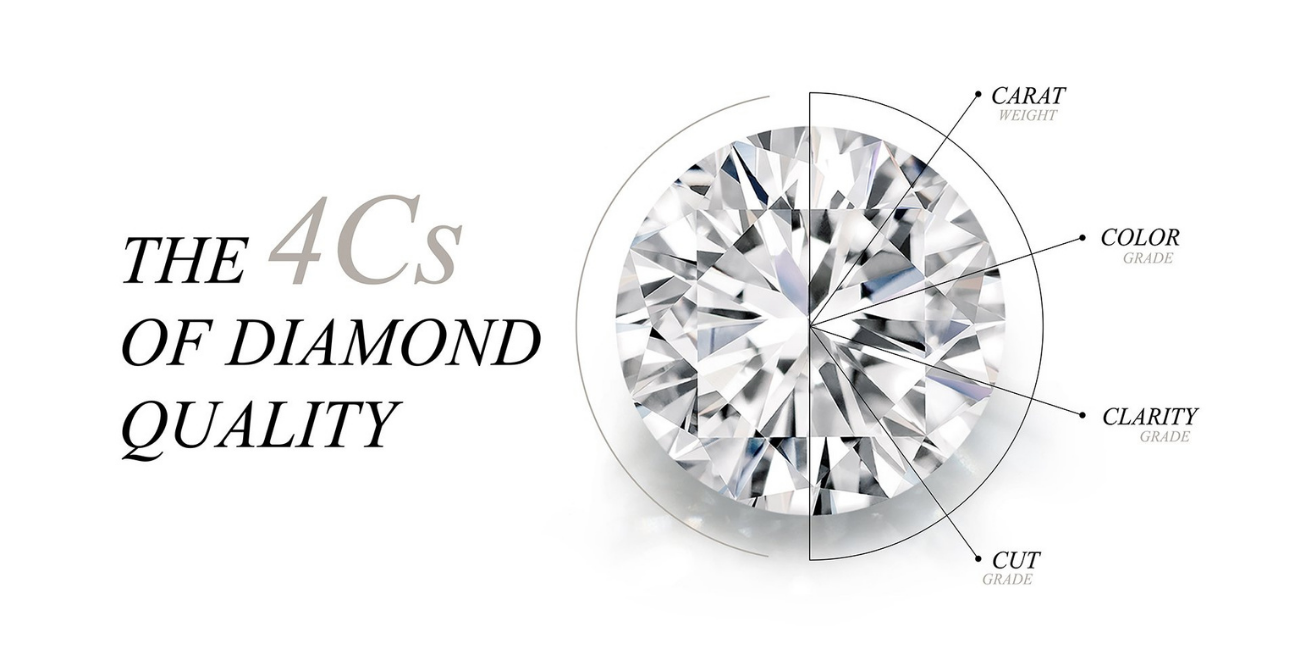
DIamond Study
Each diamond on the planet is one of a kind, and as the hardest diamond the Mohs scale of mineral hardness, scoring a 10, a diamond strength is incredible.
The attributes that recognize them are known as the 4 Cs – cut, colour, clarity and carat. The 4 Cs is a universally perceived strategy for diamond grading, made by the International Gemmological Institute(IGI), to normalize the classification of diamond quality.
Below is the life systems of a diamond to help you understand the terminology that depicts a diamond features
Table: The biggest feature of a diamond. It is typically the surface zone at the top head of the stone.
Crown: This is the top segment of a diamonds, where the support joins the table.
Structure: The structure is the base piece of the diamond that connects the girdle to the culet. A pavillion that is too shallow or deep will bring about light getting away from the side or base of the stone, instead of the desired finish of light reflecting out from the top of the stone.
Girdle: The girdle sits between the crown and the Pavillion and characterizes the edge of the diamond. We suggest a 'medium to slightly thick' girdle. Thick girdle is undesirable in light of the fact that they add extra weight to the stone, without increasing the stone size. A thin girdle makes the diamond more susceptible to harm.
Culet: A little feature at the base finish of the diamond, often finishing in a tip or point.
Depth: The height of a diamond estimated from the culet to the table, noted in a percentage.